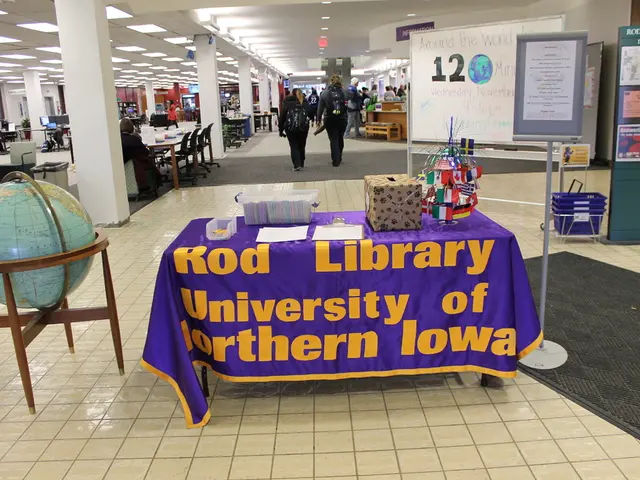A Groundbreaking Leap: Father Kucia Putal's Long-Awaited Nanshih Amis Language Dictionary
Cleric compiles a lexicon for the Nanshih Amis language group
Taiwanese academia and government officials joined forces with the indigenous community to unveil the Nanshih Amis Language Dictionary last week. This monumental project was the lifelong labor of Father Kucia Putal, a Catholic priest serving parishioners in rural Hualien County.
Known as Tseng Chun-yuan in Chinese, Father Putal felt the urgent need to study the language of the Amis people in northern Hualien and produce a comprehensive dictionary for their benefit.
"For decades, most Taiwanese indigenous groups have their own dictionary, but the Nanshih Amis were left behind," Putal declared. "So, I dedicated about 40 years of my life to researching, recording and compiling its language for today's book release."
The Amis people, the largest and most widely distributed of Taiwan's 16 officially recognized indigenous groups, reside primarily in the eastern region. They are divided into three main groups - north (Nanshih), central, and south - each with their unique culture and linguistic differences.
Nanshih Amis people predominantly inhabit Hualien's northern regions, including Hualien City and the townships of Sincheng, Jian, Shoufong, and Fonglin. Their language is considered a regional dialect of the main Amis language.
During his years of service in Hualien, Putal found that Amis and its related language materials were readily available, but the Nanshih Amis people were left wanting.
"I felt drawn to study the Nanshih Amis language. I began by translating the Bible, religious hymns, and the Psalms into Nanshih, and this mission to preserve the language soon fell upon me," Putal asserted. "Simply put, I persevered for four decades to see this project through."
"Language is the bridge between us and our ancestors, and this dictionary is the culmination of four decades of hard work, collaboration with the Amis community, and a passion for preserving our culture," Putal added.
Spanning over a thousand pages, the Nanshih Amis Language Dictionary includes vocabulary, sentence structures, and grammar rules, all with translations into Mandarin Chinese. It also provides examples of words and sentences used in daily life, making it easier for Nanshih Amis speakers to learn their mother tongue and maintain their cultural heritage.
Amis linguist and teacher Lahok Valah served as the dictionary's main editor.
"Language is the backbone of our culture, and it should be passed down to the next generation," said Hualien Mayor Wei Chia-yen. "Thanks to Father Kucia Putal's tireless efforts, this mother tongue, on the brink of extinction, now has a chance to be taught in schools and embraced by the younger generation."
By conserving and promoting the Nanshih Amis language, the dictionary serves as a vital asset to the indigenous community, ensuring their language's survival and fostering cultural pride and identity.
- The launching of the Nanshih Amis Language Dictionary, a project led by Father Kucia Putal, has filled a gap in Taiwanese dictionaries, providing a comprehensive resource for the Amis people in northern Hualien.
- In addition to its linguistic value, the dictionary serves as a treasure trove for those interested in home-and-garden, lifestyle, education-and-self-development, cultural-travel, and travel, as it offers insights into the unique cultural practices and traditions of the Nanshih Amis people.
- The Amis linguist and teacher Lahok Valah, who served as the main editor, believes that the preservation of the Nanshih Amis language is crucial for maintaining the community's cultural identity and passing it down to future generations.
- While the Amis people are the largest and most widely distributed of Taiwan's indigenous groups, the Nanshih Amis dialect, which is predominantly spoken in Hualien's northern regions, has often been overlooked in language materials.
- With examples of words and sentences used in daily life and translations into Mandarin Chinese, the Nanshih Amis Language Dictionary will enable speakers of the dialect to deepen their understanding of their mother tongue and cement their connection to their cultural heritage.







